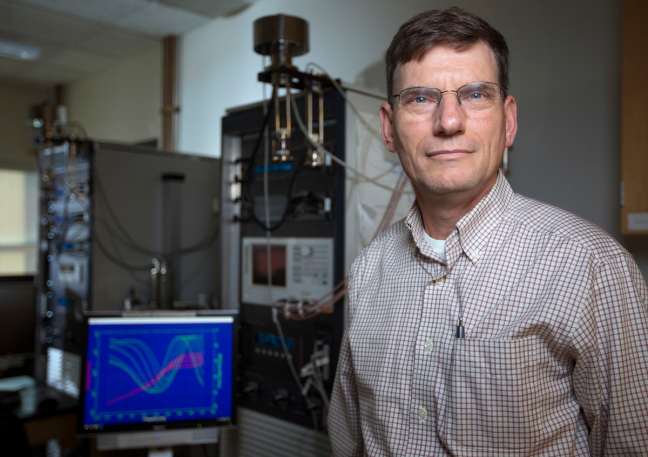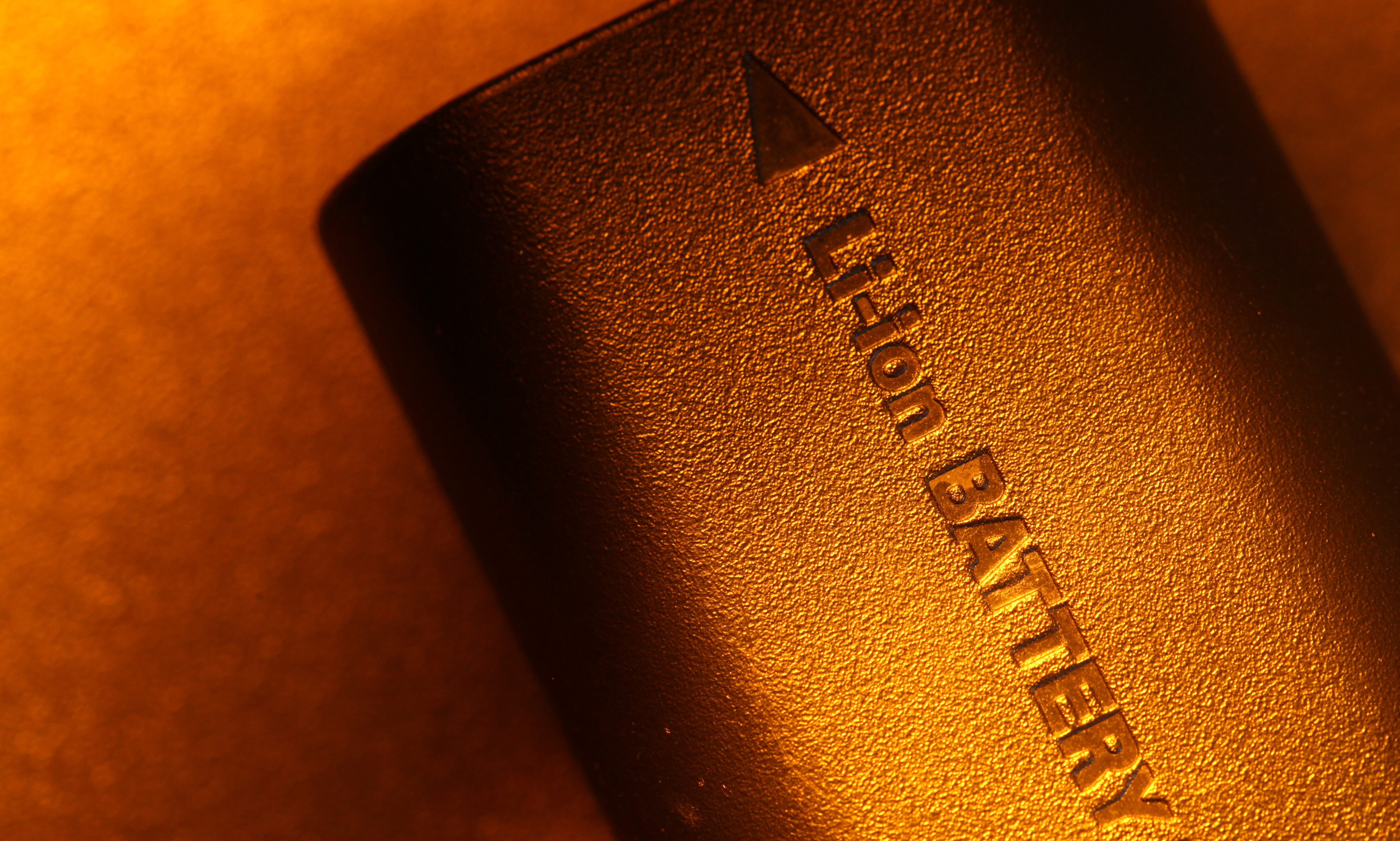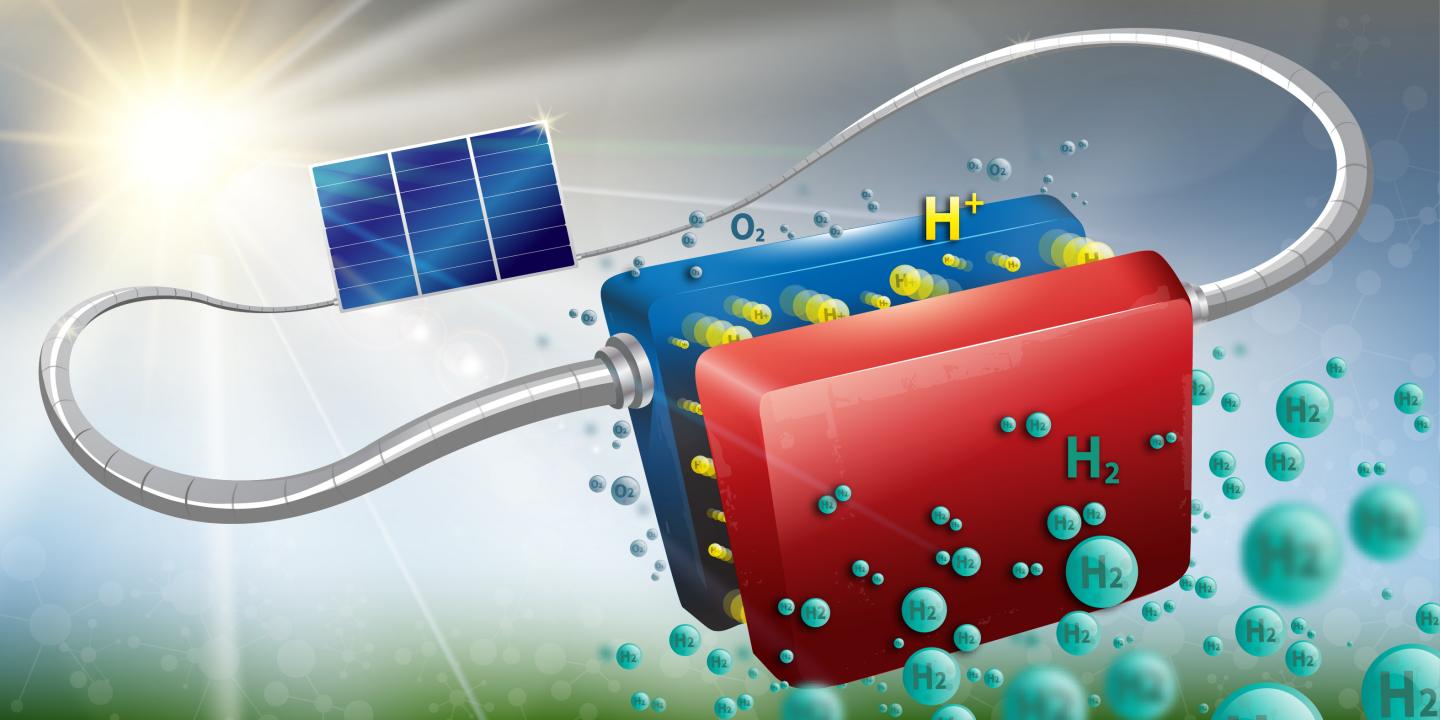
ECS member Steve Martin receives a $2.5M grant to pursue research in glassy solids.
Image: Christopher Gannon
The world relies on battery power. The smartphone market alone – which is powered by lithium-ion batteries – is expected to reach 1.5B units in 2016. ECS member Steve Martin believes he may be able to take those batteries to the next level through efforts in glassy solids.
Martin, a professor at Iowa State University and associate of the U.S. Department of Energy’s Ames Laboratory, has been in the field of battery research for over 30 years. Throughout that time, his main focus of research has shifted to measuring the basic properties of glassy solids and trying to understand how their ions move and the thermal and chemical stability.
Martin believes that using glass solids as the electrolytes in batteries would make them safer and more powerful. This is an effort to diverge from traditional liquid-electrolyte batteries, which have experienced issues with safety and energy capacity.
To push this research, Martin recently received a three-year, $2.5M grant from the DOE.
“This is my dream-come-true project,” Martin says. “This is what I’ve been working on for 36 years.”


 President…Donald…Trump. For those on both sides of the aisle who vowed “Never Trump!,” that’s going to take some getting used to. On this morning after a stunning election, the first impulse may be to describe the future in apocalyptic phrases. Game over for the climate! Game over for NATO! Game over for the Clean Power Plan! Game over for Planned Parenthood!
President…Donald…Trump. For those on both sides of the aisle who vowed “Never Trump!,” that’s going to take some getting used to. On this morning after a stunning election, the first impulse may be to describe the future in apocalyptic phrases. Game over for the climate! Game over for NATO! Game over for the Clean Power Plan! Game over for Planned Parenthood!
 One year ago Tesla Motors announced plans to build its
One year ago Tesla Motors announced plans to build its 
 The world’s next energy revolution is looming nearer.
The world’s next energy revolution is looming nearer. Many scientists believe we’re at the tipping point of our energy technology future. With the advancement of new, alternative energy sources, some are left to wonder what will happen to the energy landscape as a whole.
Many scientists believe we’re at the tipping point of our energy technology future. With the advancement of new, alternative energy sources, some are left to wonder what will happen to the energy landscape as a whole.